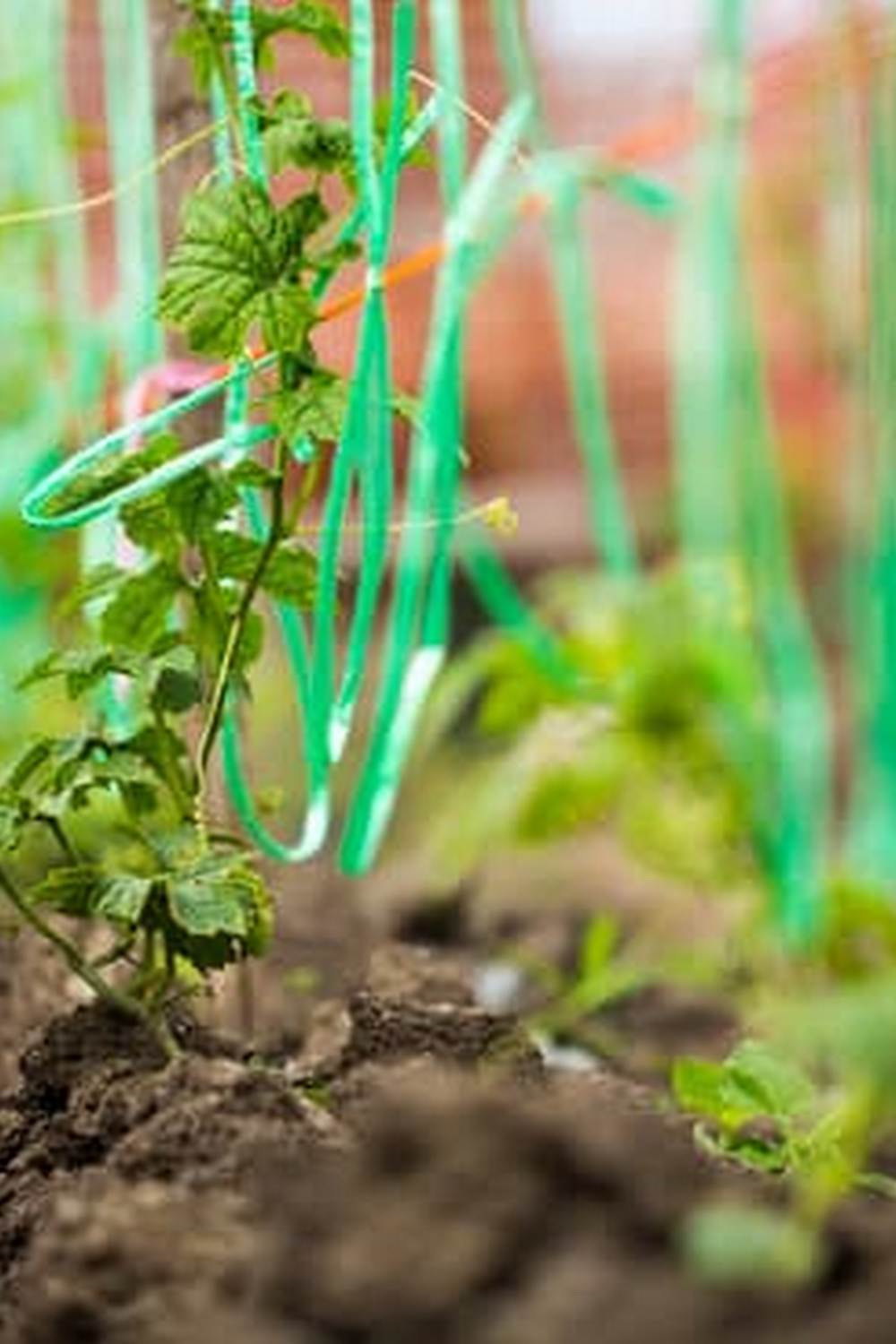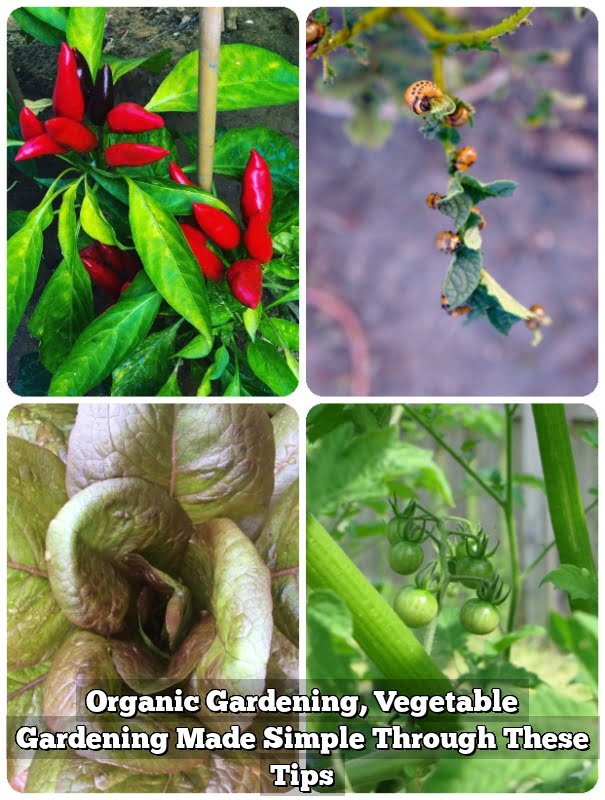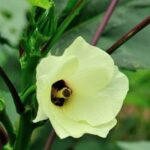Are you looking to explore the world of vegetable gardening in Tasmania? From the fertile soils to the unique climate, Tasmania provides an ideal environment for growing a wide variety of delicious vegetables. Whether you are a seasoned gardener or just starting out, vegetable gardening in Tasmania offers a rewarding and fruitful experience.
The lush landscapes and temperate climate of Tasmania make it a prime location for cultivating an abundant vegetable garden. With its rich soil and cool, moist conditions, Tasmania presents a perfect setting for growing a diverse range of vegetables. Those interested in delving into the world of vegetable gardening will find plenty of opportunities to flourish in this picturesque island state.
In this article, we will delve into the intricate details of vegetable gardening in Tasmania, from understanding the climate and soil conditions to planning your garden space effectively. Discover the best vegetables to grow in Tasmania as well as expert tips on maximizing your garden’s yield. Get ready to embark on an exciting journey into the thriving world of vegetable gardening in Tasmania.
Climate and Soil Conditions in Tasmania
Located south of the Australian mainland, Tasmania has a cool temperate climate that presents unique challenges and opportunities for vegetable gardening. The island’s climate is influenced by its latitude, surrounding oceans, and mountainous terrain. Understanding the specific climate and soil conditions in Tasmania is essential for successful vegetable gardening in the region.
When it comes to vegetable gardening in Tasmania, gardeners must take into account the diverse microclimates that exist across the island. Coastal areas tend to have milder temperatures compared to inland regions, while high-altitude areas experience cooler temperatures and more frost. It is important to select vegetables that are well-suited to the specific microclimate of your garden location to ensure optimal growth and yield.
In terms of soil conditions, Tasmania boasts a variety of soil types ranging from sandy soils in coastal areas to fertile loamy soils in some agricultural regions. Conducting a soil test before planting your vegetable garden can provide valuable information about nutrient levels, pH balance, and any necessary amendments needed for optimal plant growth. Additionally, incorporating organic matter such as compost or animal manure can help improve soil structure and fertility for vegetable gardening in Tasmania.
- Consider incorporating raised beds or containers
- Choose vegetables that are tolerant to cooler temperatures
- Amend soil with organic matter to improve fertility
Best Vegetables to Grow in Tasmania
When it comes to vegetable gardening in Tasmania, choosing the right vegetables to grow is crucial for a successful harvest. Tasmania’s unique climate and soil conditions offer a favorable environment for a variety of vegetables to thrive.
Some of the best vegetables to grow in Tasmania include root crops such as carrots, potatoes, and onions, as well as leafy greens like lettuce, kale, and spinach. These vegetables are well-suited to the cooler temperatures and moderate rainfall that Tasmania experiences.
In addition to root crops and leafy greens, Tasmanian gardeners can also have success growing brassicas such as broccoli, cabbage, and cauliflower. These vegetables prefer cooler temperatures and do well in Tasmania’s climate. Other vegetables that thrive in Tasmania include peas, beans, and tomatoes.
Peas and beans can be planted early in the season while tomatoes require warmer weather to flourish. By selecting a variety of vegetables that are well-suited to Tasmania’s climate, gardeners can ensure a diverse and bountiful harvest throughout the growing season.
For those interested in expanding their vegetable garden beyond the basics, Tasmania also provides an opportunity to grow more unique crops such as asparagus, artichokes, and rhubarb. These perennial vegetables can add diversity to your garden and provide fresh produce year after year.
With proper planning and care, these specialty crops can thrive in Tasmanian gardens alongside more traditional options. Experimenting with different varieties of vegetables can not only add interest to your garden but also provide you with a wider range of fresh produce to enjoy throughout the year.
Planning Your Vegetable Garden
When it comes to vegetable gardening in Tasmania, proper planning is key to a successful harvest. Here are some helpful tips to ensure that your garden space is organized and optimized for growth:
1. Assess your space: Before you start planting, take the time to assess your garden space. Consider factors such as sunlight exposure, soil quality, and access to water. Make sure you choose a spot that receives at least 6-8 hours of sunlight per day for optimal vegetable growth.
2. Create a layout: Once you have determined the best location for your vegetable garden, create a layout plan. You can use raised beds, containers, or traditional rows depending on the size and shape of your space. Consider companion planting to maximize yield and deter pests naturally.
3. Choose the right vegetables: Selecting the best vegetables to grow in Tasmania is crucial for a successful harvest. Some popular options include carrots, potatoes, tomatoes, lettuce, broccoli, and beans. Make sure to check the recommended planting times for each vegetable based on Tasmania’s climate.
4. Implement sustainable practices: To promote eco-friendly vegetable gardening in Tasmania, consider implementing sustainable practices such as composting, mulching, and using natural pest control methods. This not only benefits the environment but also helps improve soil health and overall plant productivity.
By following these tips for designing and organizing your vegetable garden in Tasmania, you will be well on your way to enjoying a bountiful harvest of fresh produce throughout the growing season. Happy gardening.
Seasonal Planting Guide
When it comes to successful vegetable gardening in Tasmania, understanding the seasonal planting guide is crucial. Tasmania’s climate is unique, with cool summers and mild winters, which allows for a variety of vegetables to thrive throughout the year. One key aspect to keep in mind is the island state’s maritime climate, which can impact when certain crops should be planted.
In Tasmania, spring is an ideal time to plant a wide range of vegetables including broccoli, lettuce, spinach, and peas. These cooler weather crops do well in the moderate temperatures of early spring. As the weather warms up in summer, tomatoes, cucumbers, zucchinis, and peppers can be planted for a bountiful harvest later in the season.
Root vegetables like carrots and beets also grow well during this time. Fall brings a new opportunity for planting winter crops such as onions, garlic, cauliflower, and Brussels sprouts.
To ensure a successful vegetable garden year-round, it’s essential to pay attention to planting dates and harvest times specific to Tasmania’s climate. By following a seasonal planting guide tailored to the region’s conditions, gardeners can maximize their yield and enjoy a diverse range of fresh produce throughout the seasons.
| Vegetable | Planting Time | Harvest Time |
|---|---|---|
| Lettuce | Spring/Fall | 6-8 weeks after planting |
| Tomatoes | Summer | Late summer/early fall |
| Carrots | Summer/Fall | 12-16 weeks after planting |
Pest and Disease Management
One common pest to watch out for in vegetable gardening in Tasmania is the Tasmanian grass grub. These grubs feed on plant roots, causing damage to a wide range of vegetables. To control Tasmanian grass grubs, consider using biological controls such as predatory nematodes or practicing crop rotation to disrupt their life cycle. Additionally, creating physical barriers like mesh covers can help protect your plants from these pests.
Another prevalent issue that vegetable gardeners face in Tasmania is fungal diseases like powdery mildew and black spot. To prevent fungal diseases, ensure good air circulation between plants, avoid overhead watering which can promote fungal growth, and practice proper spacing between crops. If you do notice signs of fungal infection, promptly remove infected plant parts and consider using organic fungicides as a last resort.
Moreover, practicing good garden hygiene by regularly removing weeds, fallen leaves, and debris can help reduce the risk of pest infestations and disease outbreaks in your vegetable garden. By being vigilant about pest and disease management practices specific to vegetable gardening in Tasmania, you can protect your crops and maximize your harvest yield throughout the growing season.
| Pest/Disease | Management Strategy |
|---|---|
| Tasmanian Grass Grub | Biological controls like predatory nematodes or crop rotation; using physical barriers like mesh covers |
| Fungal Diseases (Powdery Mildew, Black Spot) | Ensure good air circulation; avoid overhead watering; maintain proper plant spacing; remove infected plant parts promptly; consider organic fungicides |
| Weeds and Debris | Regularly remove weeds, fallen leaves, debris to reduce risk of pest infestations and disease outbreaks |
Tips for Success
Vegetable gardening in Tasmania offers unique opportunities and challenges due to the region’s climate and soil conditions. To maximize your garden’s yield, it is essential to follow expert advice and proven strategies. Here are some tips for success that can help you make the most out of your vegetable garden in Tasmania.
Soil Preparation and Maintenance
One crucial aspect of successful vegetable gardening in Tasmania is ensuring your soil is well-prepared and maintained. Conduct a soil test to determine its pH levels and nutrient content. Based on the results, add organic matter such as compost or manure to improve the soil structure and fertility. Regularly mulch your garden beds to retain moisture, suppress weeds, and provide nutrients as it breaks down.
Companion Planting
Utilizing companion planting techniques can benefit your vegetable garden in Tasmania by improving pollination, repelling pests, and enhancing flavor profiles. Research which plants grow well together and which ones should be kept apart to maximize growth potential. For example, planting aromatic herbs like basil or chives alongside tomatoes can deter pests while enhancing the flavor of the fruits.
Proper Watering Techniques
Watering plays a crucial role in the success of your vegetable garden in Tasmania, especially during drier periods. To avoid water stress or diseases in your plants, water deeply but infrequently to encourage deeper root growth. Consider installing drip irrigation systems or soaker hoses to provide consistent moisture without wetting the leaves, which can lead to fungal issues. Additionally, water early in the morning to reduce evaporation losses and minimize disease risks.
By implementing these tips for success in your vegetable gardening endeavors in Tasmania, you can enhance your garden’s productivity while enjoying a bountiful harvest throughout the seasons. Remember that each plant has its own specific requirements, so stay observant of their progress and make adjustments as needed to ensure optimal growth and yield under Tasmania’s unique growing conditions.
Sustainable Practices
When it comes to vegetable gardening in Tasmania, practicing eco-friendly and sustainable methods is not only beneficial for the environment but also for the overall health of your garden. By adopting sustainable practices, you can reduce your carbon footprint, conserve resources, and promote biodiversity in your garden. Here are some key strategies to practice eco-friendly vegetable gardening in Tasmania:
Composting and Soil Health
One of the foundational principles of sustainable gardening is maintaining healthy soil. Composting is a great way to enrich the soil with nutrients and improve its structure. By recycling kitchen scraps, yard waste, and other organic materials, you can create a nutrient-rich compost that will benefit your vegetables. Additionally, using natural fertilizers like compost tea or seaweed extract can help nourish your plants without harmful chemicals.
Water Conservation
Tasmania is known for its high rainfall levels, but that doesn’t mean water conservation should be overlooked in vegetable gardening. Implementing water-saving techniques such as mulching, drip irrigation systems, and rainwater harvesting can help you reduce water usage in your garden. By efficiently managing water resources, you not only save money on utility bills but also contribute to environmental sustainability.
Integrated Pest Management
Instead of relying on synthetic pesticides that can harm beneficial insects and pollinators, consider practicing integrated pest management (IPM) techniques. IPM involves monitoring pests regularly, promoting beneficial insect populations, using physical barriers like row covers, and choosing resistant plant varieties. By taking a holistic approach to pest management, you can reduce the need for chemical treatments and support a healthier ecosystem in your vegetable garden.
By incorporating these sustainable practices into your vegetable gardening routine in Tasmania, you can enjoy a bountiful harvest while minimizing negative impacts on the environment. From composting and water conservation to integrated pest management, there are plenty of ways to cultivate a thriving garden that is both eco-friendly and productive. Remember that small actions can make a big difference when it comes to promoting sustainability in vegetable gardening in Tasmania.
Community Resources
Tasmania offers a vibrant community of vegetable gardeners who are passionate about their craft and eager to share knowledge and resources. By connecting with local groups and events dedicated to vegetable gardening in Tasmania, enthusiasts can expand their networks, learn new techniques, and exchange tips with like-minded individuals. These gatherings provide a unique opportunity to foster a sense of camaraderie among gardeners while also promoting the sustainable practice of vegetable gardening in the region.
One excellent resource for vegetable gardeners in Tasmania is local gardening clubs, where members come together to discuss best practices, troubleshoot common issues, and even organize group projects or visits to fellow members’ gardens. These clubs often host workshops, guest speakers, and seed swaps, creating a dynamic environment for learning and socializing within the gardening community.
Additionally, online forums and social media groups dedicated to vegetable gardening in Tasmania offer a virtual space for gardeners to connect, seek advice, and share their successes and challenges.
In addition to local gardening clubs and online communities, Tasmania boasts a rich calendar of events specifically tailored for vegetable gardeners. From farmer’s markets showcasing locally grown produce to workshops on organic gardening methods, these events provide valuable opportunities for gardeners to gain insights from experts in the field while also supporting the broader agricultural community.
By actively engaging with these community resources, vegetable gardeners in Tasmania can enrich their gardening experience and contribute to the flourishing culture of sustainable agriculture in the region.
Frequently Asked Questions
What Vegetables Grow Best in Tasmania?
Tasmania’s cool climate and fertile soil make it ideal for growing a variety of vegetables. Some of the vegetables that grow best in Tasmania include broccoli, carrots, potatoes, kale, peas, and lettuce. These vegetables thrive in Tasmania’s temperate climate and are relatively easy to cultivate.
How Do You Grow Zucchini in Tasmania?
Growing zucchini in Tasmania requires choosing a sunny spot with well-draining soil. Zucchini seeds can be sown directly into the ground in spring once the risk of frost has passed. Regular watering, fertilizing with compost or organic fertilizer, and controlling pests like aphids are essential for successful zucchini cultivation in Tasmania.
What Month Should I Plant My Vegetable Garden?
The best month to plant your vegetable garden in Tasmania depends on the specific vegetables you want to grow. Cool-season crops like lettuce, broccoli, and peas can be planted as early as March or April when the weather starts to warm up.
On the other hand, warm-season crops like tomatoes, peppers, and zucchini are best planted after the last frost date in spring when the soil temperature has warmed up sufficiently for germination. Planning ahead and considering both cool-season and warm-season crops will ensure a successful vegetable garden throughout the year in Tasmania.

If you’re looking to get into vegetable gardening, or are just looking for some tips on how to make your current garden better, then you’ve come to the right place! My name is Ethel and I have been gardening for years. In this blog, I’m going to share with you some of my best tips on how to create a successful vegetable garden.





